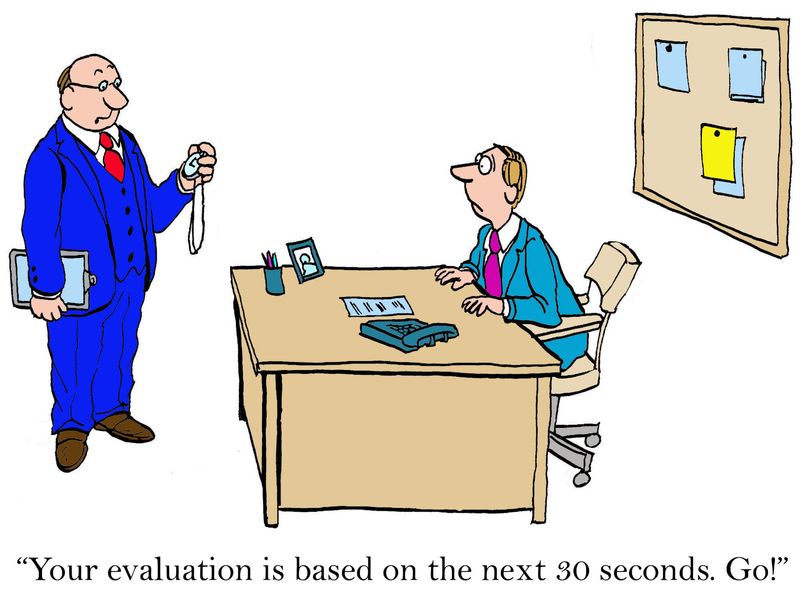
Performance reviews often inspire dread, no matter what side of the discussion you’re on. They can be particularly unpleasant if you have to call out team members for costly mistakes.
Critics of performance evaluations often cite diminished morale and the lack of adequate follow-up as reasons to abandon the practice altogether. At the root of the issue, they say, is how employers assert their authority, intimidating or berating employees for their failings.
But if you enter the discussions aware of this potential pitfall and make the process transparent, the review can be a productive exercise that ultimately holds all parties to account.
“You have to make a conscious effort to respect these discussions, no matter how far up you are in the organization,” says Michael King, national director of solutions and data analytics at Drake International in Toronto.
After all, it’s also a chance to reflect on your own shortcomings as a manager.
King offers four tips on how to hold a constructive performance review with employees:
1. Choose an appropriate setting
A serious discussion about an employee’s work ethic calls for formality. You need to set the right tone, says King, which means avoiding “fireside chats.” King says he once attended a performance assessment at an executive hotel suite, which didn’t lend the discussion the respect it merited.
Holding a performance review at an informal venue undercuts the process, making the review appear less objective, he adds. So, keep the discussion confined to the office environment.
2. Be objective
Strive to apply a consistent set of metrics in each review you conduct. While your staff members will have varying levels of responsibility, there are standard measures you can hold everyone to, King says, such as the amount of absenteeism and the number of projects completed.
Those indicators can be quite revealing, showing just how engaged employees are, King says. He advocates a data-driven approach, one that puts considerable weight on how each team member’s contributions advance the overall goal, whether that means reaching more prospects online or retaining clients in the midst of transition.
3. Identify new opportunities
Open the dialogue up to a discussion about the employee’s career trajectory — how he or she hopes to grow beyond the limits of the current role, King says. You have a stake in helping them attain their personal goals within your practice, especially if you want to retain them as a loyal employee.
On the other hand, if you’re stuck with a disengaged employee, the review is a chance to figure out the issues — for example, whether the problem is tied to the workload or the workplace dynamic. In cases such as these, resist proposing an immediate solution, says King. Instead, listen to the employee and hold another talk to go over potential fixes.
4. Revisit goals
It’s not enough to assess how the person stacks up against the goals you set. You must ensure the measures are reasonable and achievable, reflecting current conditions.
For example, if the market is in a slump, it might make sense to adjust your targets on client acquisition.
“To be meaningful,” King says, “[the goals] are agreed to by both parties, not dictatorially imposed.”
Photo copyright: andrewgenn/123RF